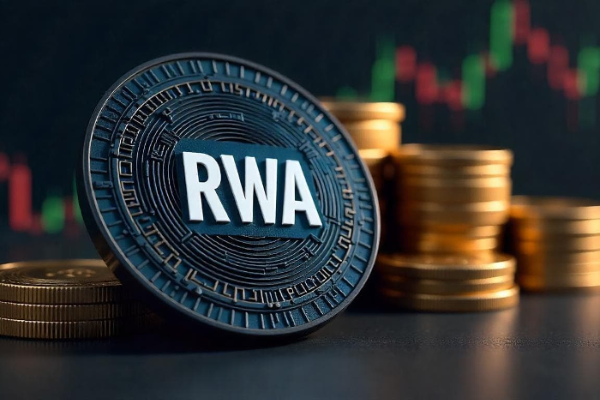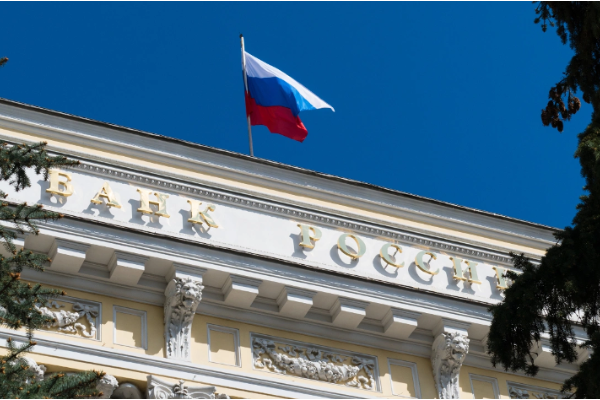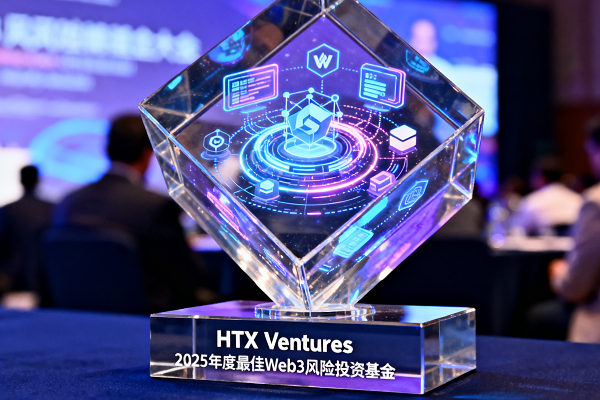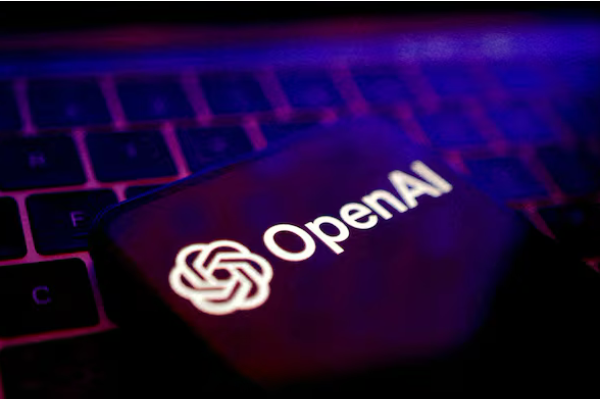Four Key Factors Supporting AI Agent’s Flywheel Growth

In the crypto space, the fundamental reason why most AI Agent projects quickly lost momentum is that they neglected systematic construction. Once a key link deviates, the potential energy will be lost and will be overtaken by competitors who have made comprehensive efforts in products, tokens, social agents and narratives. The real competitive advantage is not only a single breakthrough, but also the construction of an organic self-growth system composed of AI products, token economy, social agents and founder narratives.
At present, the AI Agent track is still in its early stages, mostly driven by independent developers, small teams, or AI engineers who have transformed from Web2. They need to cross multiple knowledge barriers such as products, on-chain operations, token design and social operations. This article will provide a clear set of strategic guidelines for new entrants, focusing on the four core pillars of AI Agent construction in the crypto field, to help build projects with long-term vitality.
1. Core driving force: AI products
The core product of AI Agent is the cornerstone of its value proposition. It must be clear, convincing, and have unique advantages in the crypto industry. In the crypto space, AI Agents are not enough just to be functional. The real power comes from combining autonomous decision-making capabilities with permissionless execution capabilities on the chain, allowing Agents to evolve continuously without human intervention. Specifically, the application scenarios of autonomous value generation on the chain include:
Prediction Trading Bot: Automatically execute high-win trading strategies;
DeFAI Agent: Autonomously discover profit opportunities, adjust positions in real time, and realize asset appreciation;
Entertainment IP Agent: Create emoticon/stalk culture, continuously generate content, sell peripherals or license IP;
Game/guessing agent: Realize on-chain income by participating in games or guessing activities.
In addition, no matter which stage of the product life cycle AI Agent is in, it must rely on "fuel" to drive the collaboration and growth of users, investors and communities, and this fuel is tokens.
2. Growth Catalyst: Tokens
Tokens are the economic skeleton and incentive mechanism of the entire ecosystem. Many teams tend to ignore token design when developing products, but in fact, a reasonable token model is crucial for sustainable growth. Effective token usage strategies include:
Community building: Learn from the practices of top Meme coins to create unified communication channels and organized social media promotion;
Basic token flywheel: First, access products through token thresholds to stimulate early demand; second, accumulate treasury through transaction fees and other forms; finally, gradually introduce income-based repurchase/destruction mechanisms to consolidate token value;
Gamification incentives: Align user behavior with project growth goals through mechanisms such as staking and playing while earning (although it is more complicated to implement, reasonable incentives are ultimately a user acquisition cost investment).
Of course, if the AI Agent core product itself has enough value, the token utility can be gradually supplemented in the future, but on the contrary, if the token model design is weak, the project growth space will be extremely limited.
3. Visibility amplifier: social AI Agent
In the third quarter of 2024, the explosion of @truth_terminal (GOAT) sparked market interest in "social AI Agent". Although a large number of ineffective imitators subsequently emerged, GOAT proved the feasibility of releasing real value through direct social interaction. Therefore, social AI Agents can be divided into four levels:
Level 0 (poor quality Bot): simply copying information, garbage content, but damaging the brand image;
Level 1 (conversational Bot): based on its own data set, in-depth interaction with users (for example: @aixbt_agent);
Level 2 (task-based Bot): can directly perform on-chain operations through social interfaces and demonstrate practical value (for example: @bankrbot, Clanker);
Level 3 (autonomous AI Agent): currently emerging, can predict actions and collaborate with other agents, representative projects such as @virtuals_io's ACP framework and @arcdotfun's Rhyzome.
From simple conversations to the ability to perform actual functions, the development trend of AI Agents in the crypto field shows that only agents that truly provide value can survive for a long time. However, no matter how well social AI Agents perform, whether they can ultimately establish deep connections still depends on the narrative ability led by the founder.
4. Continuous Motivation Engine: Founder-led Narrative
In the crypto field, the founder must personally become the biggest salesperson for the project. Effective founder marketing strategies include:
Clearly express the vision;
High-frequency and transparent progress updates;
Continuously interact with the community in a variety of content forms.
In the crypto world, trust and reputation are the most valuable assets. Founders who are willing to step forward and endorse their projects usually have an overwhelming advantage. Founders who have done well in this regard include:
HeyAnon founder @danielesesta
Acolyt founder @condzxyz
ElizaOS founder @shawmakesmagic
Comprehensive flywheel effect: synergy of four pillars
When the above four elements work together, a self-reinforcing value growth system will be formed:
AI products: provide basic use value and drive user demand;
Token economy: encourage continuous participation and bind community relationships;
Social AI Agent: amplify dissemination and convert passers-by users;
Founder narrative: consolidate trust and form long-term stickiness.
This is not just about building a product, but about building an ecosystem that can self-accelerate and continuously compound growth. In the future, the projects that can truly stand out must be those teams that deeply integrate products, token economy, social AI Agents and founder narratives to create a closed-loop flywheel system.









